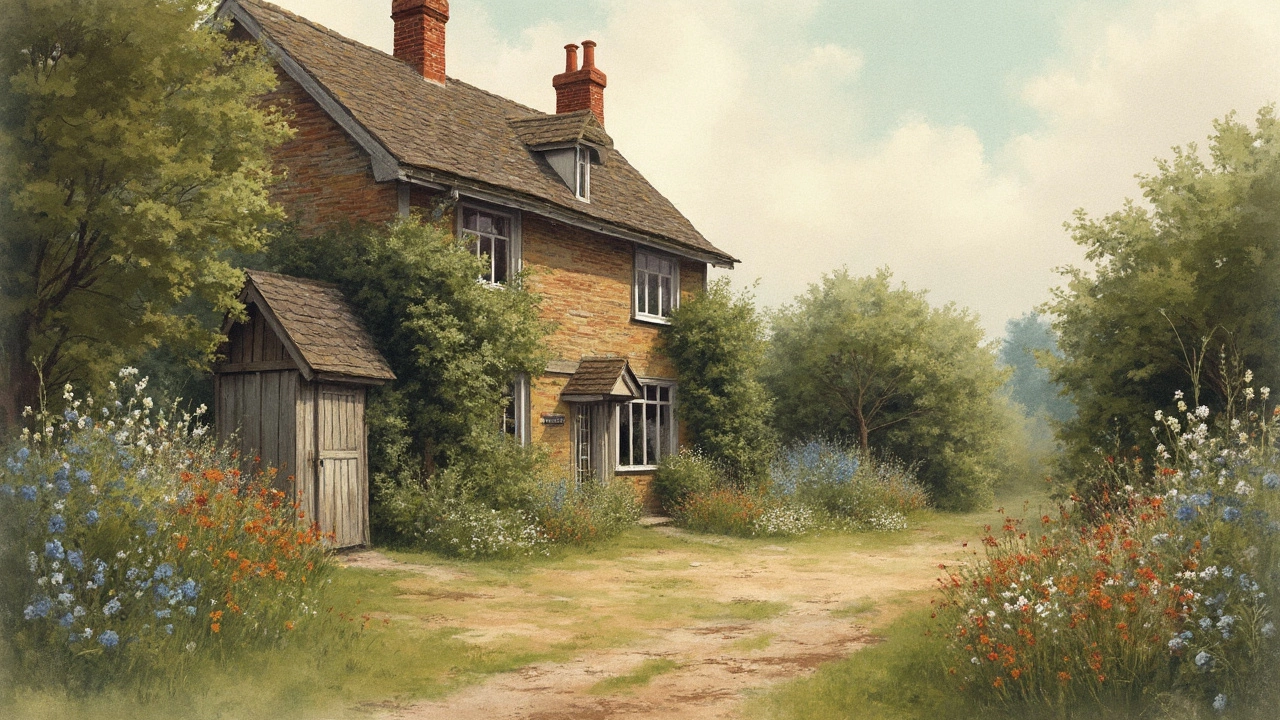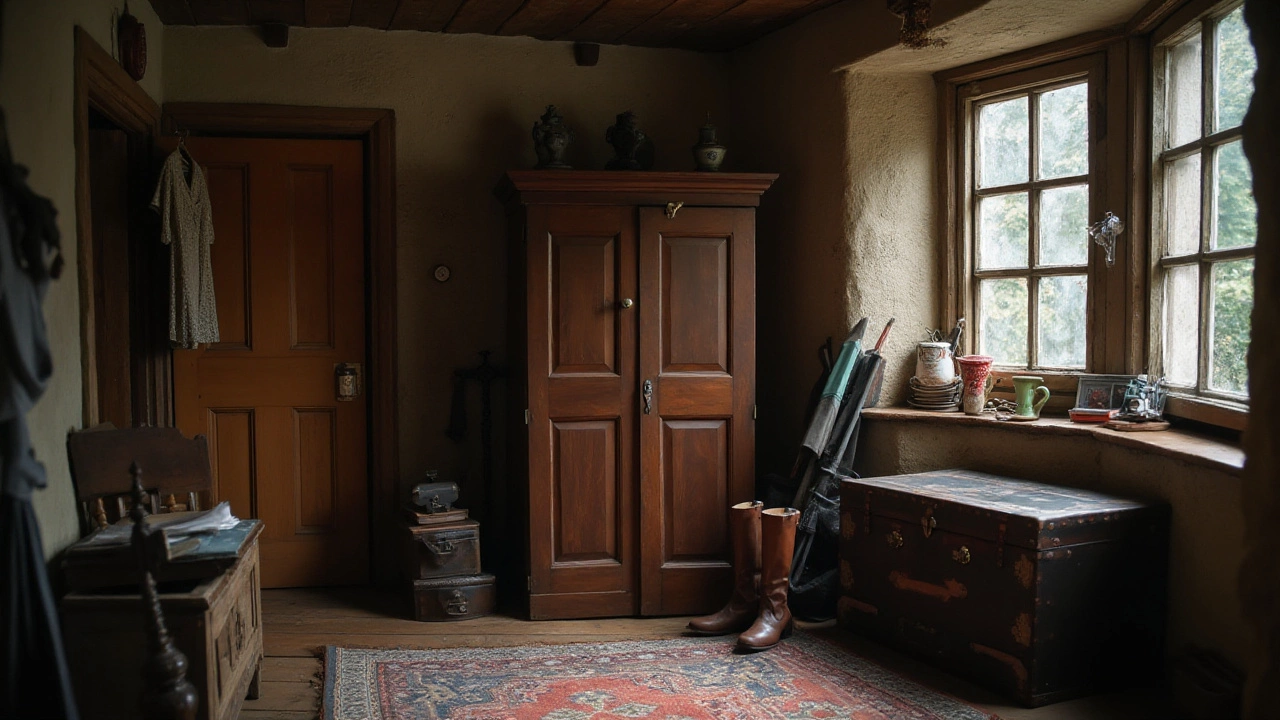Old Houses: How to Blend Rustic Furniture with Historic Charm
Living in an old house feels like stepping back in time, but you still want modern comfort. The good news is you don’t have to pick between heritage and ease. With a few smart choices, you can keep the character of your historic home while adding sturdy, eco‑friendly pieces that work for everyday life.
First, look at what already exists. Many older homes have original beams, tall windows, and sometimes quirky bookcases with chain locks. Those details are gold – they tell a story and set the tone. Instead of covering them up, let them shine. A well‑placed rug or a simple coat of paint can make the old wood pop without hiding the grain.
Choosing Furniture for an Old House
When you pick furniture, think about scale and material. Heavy, solid‑frame sofas in leather or high‑density foam work well in rooms with high ceilings and large hearths. They add weight that matches the sturdy feel of old plaster walls. Light, airy pieces can look out of place, making the room feel disjointed.
Look for pieces that are built to last. Our guide on the most durable sofas explains why hardwood frames and quality springs matter. A good sofa will survive kids, pets, and the occasional draft that old houses can have. If you love a vintage vibe, consider a reclaimed wood coffee table or a reclaimed metal side table. These items blend with the existing architecture and reduce waste.
Don’t forget storage. Old houses often have nooks and dead space. A storage bed, for example, can keep blankets and linens out of sight while keeping the floor free for a classic rug. Just avoid stuffing the bed with things that trap moisture – a tip we covered in our storage bed mistakes article.
Preserving Charm While Updating
Updating doesn’t mean you have to rip out original features. Instead, complement them. If you have an old bookcase with chains, let it stay as a focal point. Pair it with modern lighting to highlight its details. The chains aren’t just decorative; they were once used to protect valuable books, and they add a conversation starter.
For rooms that need a fresh look, think about color and texture. A soft, neutral wall color makes old wood pop and gives you a blank canvas for accessories. Add cushions in natural fabrics – linen, wool, or organic cotton – to soften a hard-edged sofa without clashing with the historic vibe.
Outdoor spaces matter too. If your property has a garden, choose weather‑resistant patio furniture. Our most weather‑resistant patio furniture guide recommends teak or powder‑coated aluminum, both of which survive rain, sun, and wind while keeping a natural look.
Finally, think about the layout. A classic rule is to keep the sofa about 2.5 to 3 times the width of your TV for a comfy viewing distance, but in an old house you might want to prioritize sight lines to a fireplace or a large window. Measure the space, test a few arrangements, and walk around to see how the flow feels.
Old houses have a story to tell. By choosing sturdy, sustainable furniture and respecting the original details, you add a new chapter without erasing the old one. Start with one piece, see how it fits, and build a space that feels both historic and livable.
Why Do Old Houses Have Toilets Outside? Exploring Historical Wardrobe Choices
The peculiar placement of toilets outside old houses raises questions about past lifestyles and practicalities. Discover the reasons behind this architectural choice, including sanitation practices, historical construction methods, and climate influences. Learn how these factors affected wardrobe design in historical homes, and get tips on maintaining these unique features. The article provides insights into the practical and cultural aspects of outside toilets in historical contexts.
MoreWhy Traditional Homes Lack Built-In Closets: A Historical Perspective
Many old houses mystify modern owners with their lack of built-in closets, a feature we often take for granted today. The reasons for this omission are rooted in historical context, architectural practices, and lifestyle dynamics of past centuries. This exploration delves into why closets were once rare, considering economic, cultural, and practical factors. Discover quaint storage solutions employed by our ancestors and learn how to adapt these charming homes to contemporary living needs.
More

